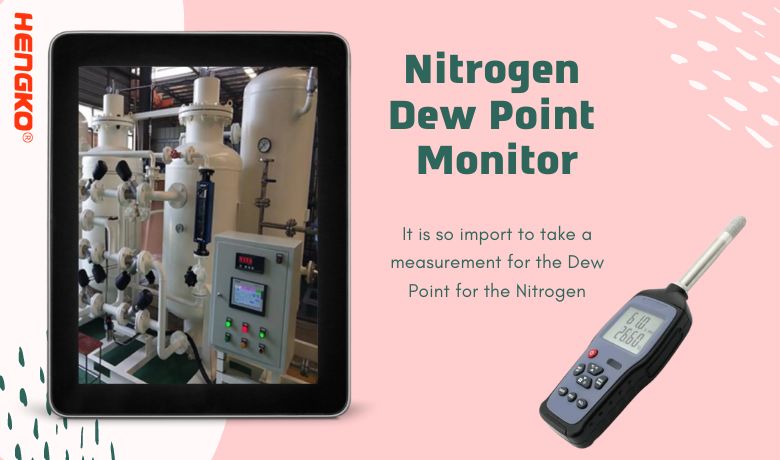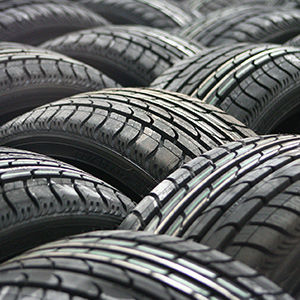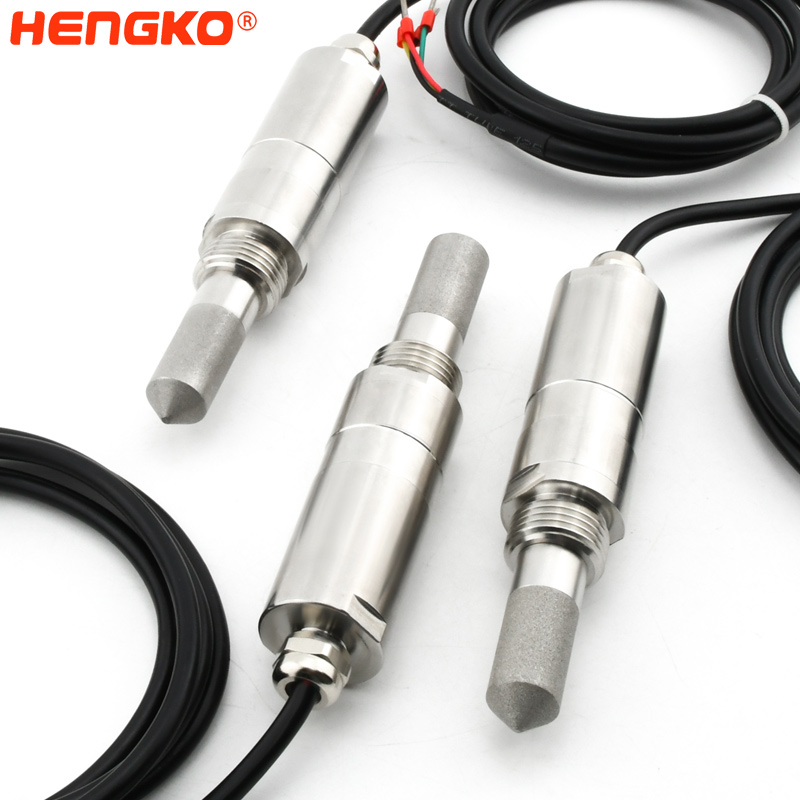What is Nitrogen Dew Point ?
The nitrogen dew point is the temperature at which nitrogen gas begins to condense into a liquid state, given a specific pressure and moisture content. we also say "dew point temperature" or simply the "dew point" of nitrogen.
The dew point is an important parameter to consider when working with nitrogen gas, because it can affect the behavior and properties of the gas. For example, if the nitrogen dew point is too high, it may result in the formation of moisture or ice within a nitrogen system, which can cause corrosion, contamination, or other problems. Therefore, it is important to control the dew point of nitrogen to ensure the gas remains dry and free from unwanted impurities.
Normally we have various methods to control the dew point of nitrogen, such as by removing moisture through drying techniques or by using nitrogen gas with a low dew point specification. Dew point measurements are typically expressed in degrees Celsius or Fahrenheit.
Why it is so important of Nitrogen Dew Point ?
Nitrogen dew point is an important parameter to monitor and control in various industrial applications where nitrogen gas is used. Nitrogen dew point refers to the temperature at which nitrogen gas starts to condense into a liquid state due to the saturation of moisture or other impurities in the gas.
One of the main reasons why nitrogen dew point is important is because it can directly affect the quality and performance of the end product or process. For example, in the food industry, nitrogen is commonly used for packaging to extend the shelf life of perishable products. If the nitrogen dew point is not controlled properly, it can lead to moisture buildup and contamination inside the packaging, which can cause spoilage and negatively impact the quality of the product.
In addition, nitrogen dew point is important in industries such as electronics manufacturing, where nitrogen is used to create an inert atmosphere to prevent oxidation and contamination of sensitive components. If the nitrogen dew point is not properly controlled, moisture can condense on the components and cause corrosion or other damage.
Overall, monitoring and controlling nitrogen dew point is crucial to ensuring the quality and effectiveness of industrial processes that rely on nitrogen gas. By maintaining a proper dew point, industries can improve their efficiency, reduce waste and improve the quality of their products or services.
Have you Ever Wondered How to Accurately Measure the Nitrogen Dew Point?
If the answer is yes, then rejoice! This article will delve into the diverse methods and techniques utilized to measure this important parameter.
Firstly, it is essential to apprehend the nitrogen dew point and why it holds such great significance. The dew point represents the temperature at which moisture in a gas transforms into liquid form. In nitrogen, the dew point is a key parameter that necessitates measurement and control in numerous industrial applications. These range from chemical production to food processing and electronics manufacturing.
The chilled mirror method is among the most frequently used techniques for measuring the nitrogen dew point. It entails cooling a polished metal surface, or mirror, to a temperature below the anticipated dew point of the nitrogen gas. After that, the gas is allowed to flow over the surface, and as the dew point approaches, the moisture shall begin to condense on the mirror. Subsequently, the mirror's temperature is gauged and employed to determine the dew point.
Another prevalent method for measuring the nitrogen dew point is the capacitive method. It involves using a capacitive sensor to measure the shift in the dielectric constant of a polymer film as moisture condenses on its surface. The temperature at which the moisture condenses is then employed to determine the dew point.
Lastly, there exists the infrared method, which utilizes an infrared sensor to detect the presence of moisture in the nitrogen gas. As the gas cools and approaches the dew point, the moisture concentration in the gas shall augment, and the infrared sensor can detect this. The temperature at which this transpires is then used to determine the dew point.
To conclude, measuring the nitrogen dew point is a crucial parameter in numerous industrial applications, and various methods and techniques are available to measure this parameter accurately. Whether you opt for the chilled mirror method, the capacitive method, or the infrared method, it is imperative to ensure that you employ the appropriate method for your specific application and adhere to all appropriate procedures to guarantee precise and dependable measurements.
What HENGKO can Supply ?
Nitrogen dew point is an index used to measure the water content in nitrogen. Dew point transmitter can be used to measure nitrogen dew point. Under normal circumstances, 99.5% purity industrial nitrogen, the dew point should be -43℃; 99.999% high purity nitrogen, the dew point can reach -69℃ or higher. Use HENGKO HT608 dew point transmitter to measure the dew point of nitrogen to monitor the purity of nitrogen.
Nitrogen has many uses. It is chemically inert and can be used as a protective gas. In the food industry, it can be used to inflate food packaging to extend the shelf life of food and avoid transportation damage. In the automobile industry, it can be used to extend the service life of automobile tires, reduce the probability of irregular tire friction, effectively reduce the phenomenon of rubber being corroded, and have a great effect on avoiding tire blowouts and cracks.
Industrial nitrogen is mainly produced through nitrogen generators, that is, nitrogen generators. The nitrogen generator uses compressed air as raw material and power, and produces nitrogen with a purity of 95% to 99.9995% through pressure swing adsorption. The compressed air system requires dry air, which also requires the use of a dew point transmitter to measure the dew point and check the dryness of the air accordingly. HT608 series dew point transmitter can be installed at the air outlet of the compressed air system. This transmitter is small in size, easy to install, fast in response, and high in sensitivity. It can measure the trace moisture content in various gases and is suitable for moisture content. Various online analysis occasions with strict control requirements.
Nitrogen production equipment generally has a standard dew point comparison table. When you find that the increase in air dew point may be due to the excessive air output of the nitrogen generator, check the flow; check whether the activated carbon adsorber needs to be replaced with activated carbon, three-stage filter Whether the filter element needs to be replaced, whether the automatic drain is damaged and cannot drain normally, causing the moisture content to increase, etc.
Post time: Dec-22-2021








